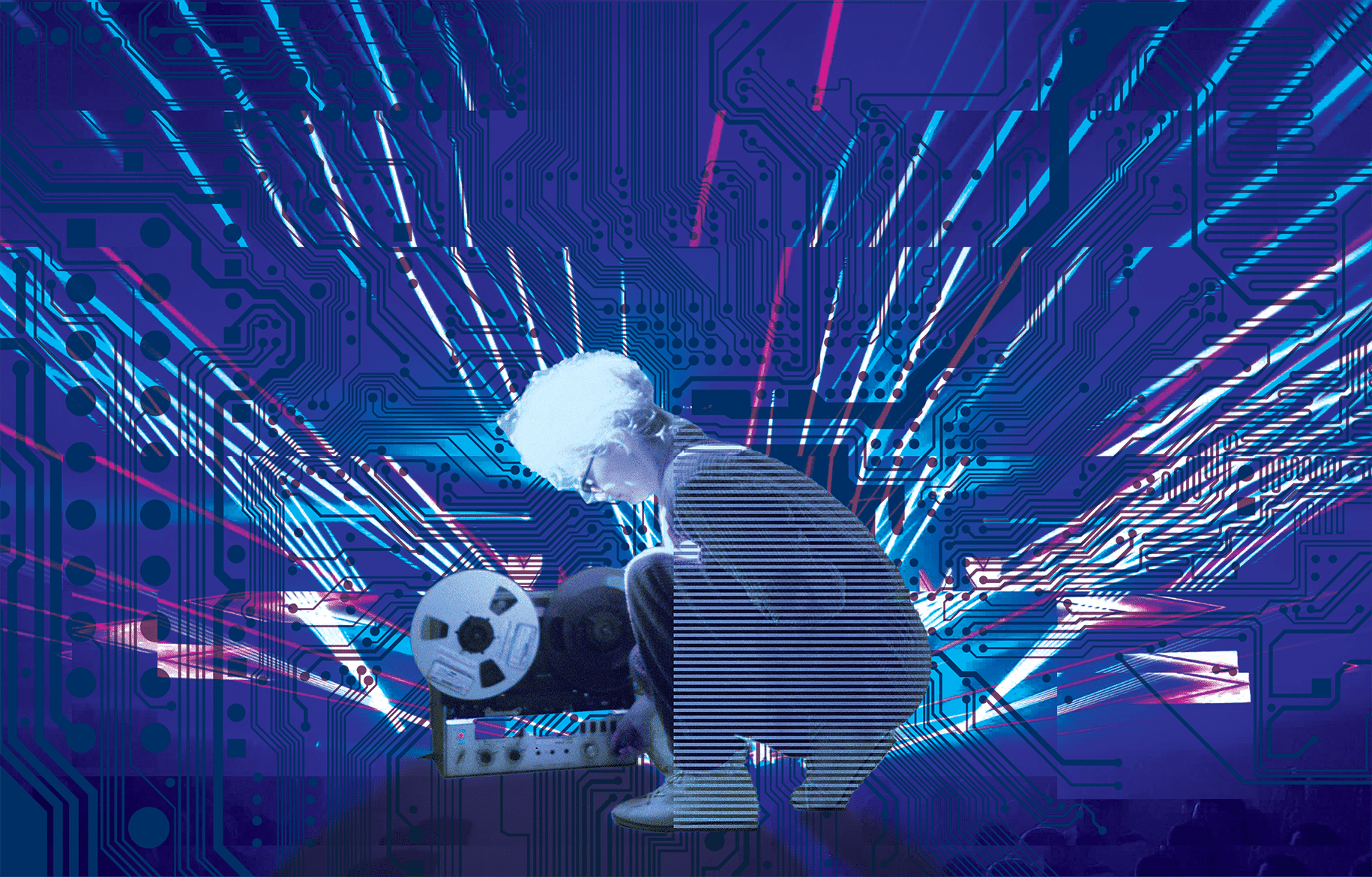It’s common knowledge that the music industry today is overwhelmingly male-dominated. In 2019, only 21.7% of top songs were performed by female artists, 12.3% written by female artists, and only 2.1% produced by women. It might surprise you then, as it surprised me, that there is a musical genre for which women have been historically and uniquely present: electronic music.
As a new listener of electronic techno music, I was instantly drawn into investigating the grassroots history of its development. From Chicago house to Detroit techno, modern electronic music has stemmed from a rejection of the mainstream music industry. The proliferation of techno music in the United Kingdom through the form of raves simultaneously represented a political response to not just neoliberalism, but more broadly, direct legislation against gatherings “characterised by the emission of a succession of repetitive beats”.
But the role of women? It seemed to me that, like in other genres, the contribution of women was, if not limited, at least unknown and forgotten.
While watching the 2020 documentary Sisters with Transistors, as part of the recent Antenna Documentary Festival, I discovered that my assumptions were incorrect. Without women, electronic music would not be what it is today. Take Daphne Oram. Oram worked for the BBC as a junior studio engineer in the 1950s and was central to the development of electronic music. While working at the BBC she would stay back after work and experiment with tape recorders. She would use her tape recorder to splice up and loop sounds back together. With BBC funding, she was the co-founder of its Radiophonic Workshop which was dedicated to the development of electronic music. While there, she became its first studio manager, and when the BBC couldn’t fund the more experimental areas of her work, she set up her own independent music studio.
She was a central figure in the foundation of modern electronic music production and even invented the Oramics System — a sound machine and technique that transforms drawings into sounds.
The documentary spotlighted eight other women such as Delia Derbyshire, who created the electronic version of the Doctor Who theme score, by Ron Grainer. Although she was not credited with the work, the theme song of Doctor Who helped popularise the sounds of electronic music to a sceptical mainstream audience.
Bebe Barron, along with her husband Louis Barren, was another pioneer in the field. They wrote the first electronic music for magnetic recording tape as well as the first score that was entirely electronically produced. Together, they composed and produced electronic music in a recording studio in Greenwich Village in New York, on the cutting edge of the avant-garde music scene in the 50s.
But, apart from the women Sisters with Transistors focused on, women have been key players throughout electronic music’s history. Michiko Toyama was the first international student to join the Columbia-Princeton Electronic Music Centre (CPEMC) — the first space dedicated to the creation of electronic music in North America in 1956. Else Marie Pade was the first Danish composer of electronic and concrete music. Yvonne Turner pioneered house music, despite only being credited as a producer once, and even then with her name misspelt as ‘Evan’ Turner.
Perhaps women’s involvement in electronic music can be explained by the fact its production only requires one person; it doesn’t have the same barriers other genres in the music industry have. As composer Laurie Spiegel says in Sisters with Transistors, “we women were especially drawn to electronic music when the possibility of a woman composing was in itself controversial.”
Continuing to say, “Electronics let us make music that could be heard by others without having to be taken seriously by the male-dominated ‘establishment’.”
While this history goes untold, its impact can be seen in the genre today. Not only are 45% of electronic music listeners women, but the industry is more easily accessible to female artists. A 2019 study found that it is easier for female talents to enter into this industry through electronic music than through other musical genres. This is reflected in the names of headlining acts.
Today, the top two most booked DJs in the world are women, and three take spots in the top five: Nina Kraviz, Charlotte de Witte, and Amelie Lens. Not only that, but the proportion of female acts at electronic music festivals has more than doubled since 2012. These statistics are encouraging to aspiring female artists and listeners alike, especially in an industry that is stereotyped as a ‘boy’s club’. For the largely forgotten female pioneers of electronic music, this also matters. Listening to electronic music today, I feel like their legacy lives on, even if their names do not.





